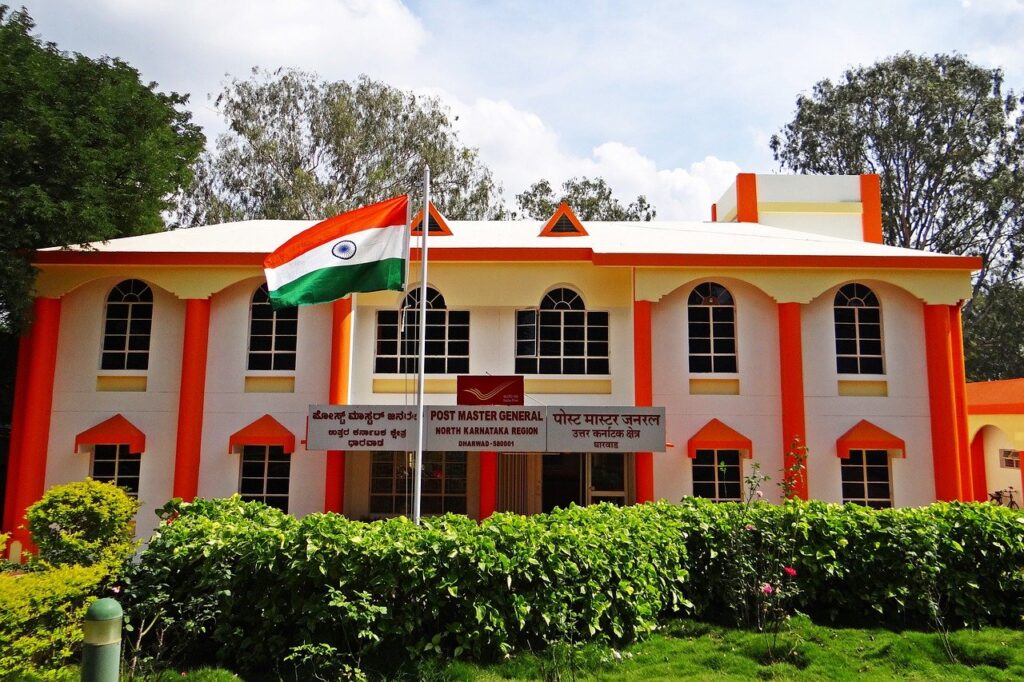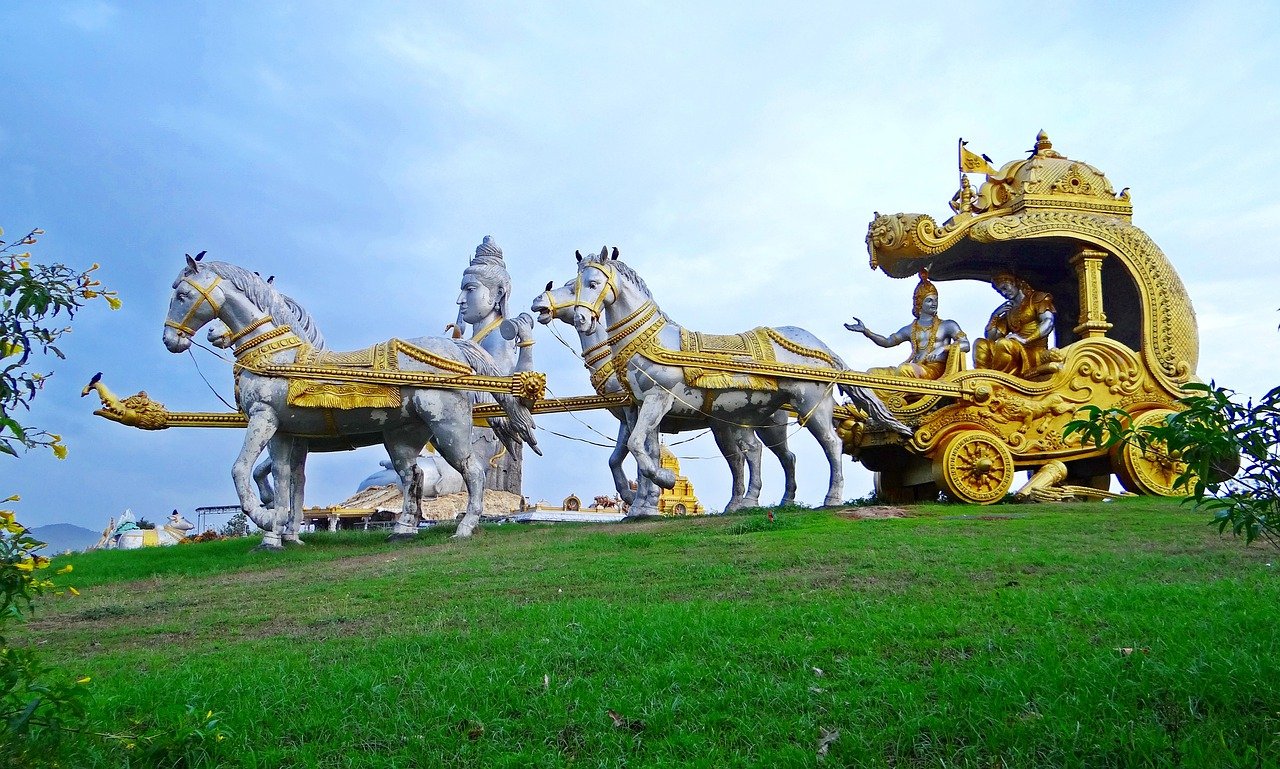British Field Marshal Sir Claude Auchinleck, stated that Britain could not have come through the Second World War (or the First) without the giant contribution of the Indian Army. Yet, for most of us outside India, this has gone largely unnoticed.
The Onset of War
When World War 2 broke out, India was a massive British colony, which included present day Pakistan and Bangladesh. Also known as the British Raj (British Rule), the Viceroy of British India – Lord Linlithgow – followed London in declaring War on Germany in September 1939, but without consulting any Indian politicians.
While the leader of the colony was enthusiastic about going to War, the opinions of the Indian people were a bit more divided. Many locals supported the Brits, and signed up to enlist in the British Indian Army (BIA). At the start of the War, the BIA consisted of 50,000 troops – all volunteers. By the end of the conflict in 1945, it had grown to over 2.5 million, making it the largest volunteer army of all time.
Amongst the local political heavyweights, the biggest political party was the Indian National Congress (INC) lead by Jawaharlal Nehru and Mahatma Gandhi. The INC refused to join in the War effort until Britain granted India its Independence. London refused. In response, Gandhi would announce a Quit India campaign, in August 1942, demanding “An orderly British withdrawal from India”. Thousands of INC officials were arrested and imprisoned by the colonial authorities, but released shortly afterward due to public pressure.
Different Positions
The Indian Muslim League on the other hand, was fully supportive of the British War effort. This loyalty would later be rewarded, by partitioning the Indian Territories and granting the Muslims their own independent country (Pakistan).
The Nationalists in the Hindu Mahasabha Party also got immediately behind the Allied War campaign. However, some of the more militant Hindu Nationalist groups, such as the Rashtriya Swayamsevak Sangh, quickly sided with the Axis powers, with many of their members actually admiring Hitler’s ideas of racial purity.
It’s also important to remember that about one third of the Indian Subcontinent was not ruled directly by the British, but were instead administered on their behalf, by a class of Indian Princes who were loyal to the Crown. These regions were known as Princedoms, and they did a very good job of providing men and other resources for the British War effort. This made the Princes very rich, and although they worried about their sub-ordinates taking revenge once the British left, it never came to pass.
Closer To Home
In the early stages of the War, the conflict was seen as a European conflict. A faraway battle that didn’t concern India, but was eating up its resources to fund the Allied War Machine. This was part of the motivation behind the Quit India Movement.
This all changed once the Japanese conquered all of Indochina, and pushed towards India’s eastern border. Now the War was on their doorstep and the subcontinent was under genuine threat of being invaded. At this point, a small group of Independence activists joined with the Japanese Military in making War on the British Empire.
They called themselves the Indian National Army (INA) and numbered approx. 43,000 men. Their argument, was that the British overlords were the enemy, not the Axis powers. By fighting alongside them and defeating the Crown, they could finally achieve their independence. Whilst the Japanese appreciated the assistance, they had no plans to free India once they had taken it from the Brits.
Fortunately, it would never come to that. The INA and the Japanese were soundly defeated by the BIA in south-east Asia. The largest battle they experienced was in Burma, specifically during the Siege at Imphal, which became known as the Stalingrad of the East.

Foreign Postings
It wasn’t just in the Subcontinent where the British Indian Army demonstrated its tenacity. They were also sent to the Middle East, Africa, Hong Kong and Europe, all with continued success. For instance, three Indian divisions smashed Rommel’s German forces in North Africa.
Another two BIA Divisions took Eastern Africa away from the Italians. Indian soldiers also triumphed at the Battle of Monte Cassino (Rome) after the American effort failed. Finally, they helped drive the Japanese out of the Asian mainland, permanently.
Back Home
Throughout this period, Indian domestic life was difficult. The resource rich nation was a major provider of food, weapons, rubber and clothing to the Allies, as well as providing space for American Air Bases. The educated Middle Classes (from which Gandhi emerged) managed to cope, even though the lower castes were struggling to afford the basics.
Later on, attacks from the Japanese Air Force and Navy on supply lines, along with several natural disasters which wiped out thousands of Indian villages and farms – not to mention all the hungry refugees flooding in from Burma and other neighbouring countries – resulted in a chronic food shortage.
But when the British Governors informed their superiors back in London that food shortages had reached crisis levels, the response was pretty dismal. The Prime Minister insisted that exporting grain to the front lines was the first priority, whilst feeding the Indian citizens was a distant second.
As a result of these dreadful decisions, almost 3 million Indians, principally in the Eastern state of Bengal, died of starvation and disease. This is the origin of the recent accusations of racism, and even genocide, against the Churchill Government.
In the Battlefield
Some of the Indians who were taken as POWs were released if they agreed to fight with the Axis powers. This was due to an arrangement between the INA chiefs and the Axis leaders. Most Indian troops stayed loyal to the BIA, but a few thousand joined with the Japanese, the Italians, and the Germans – with Heinrich Himmler even creating a special Indian division of the Waffen SS.
Conditions in the British Indian Army were difficult for the Indians at the beginning of the War. They were well trained and well supplied, but they were still not treated as equals by the British, who initially had whites only areas at the large Army bases. This was abolished after a few months, following the extraordinary performances of the Indian troops on the battlefield, which gained them the respect and admiration of their British Officers, and brought an end to all the bigoted practices.
War Is Over
At the conclusion of the War, the Indian soldiers who fought with the Allies had won over 4000 Awards for gallantry – including 31 Victoria Crosses – the highest honour bestowed upon a member of the British Armed Forces. Many historians have agreed that the War could not have been won without the Indian involvement. Sadly, of the 2.5 million who served, over 87,000 were killed.
But their sacrifice would not be in vain. India would emerge from World War 2 as an industrial powerhouse. None of those who sided with the Axis powers were punished when they returned. There was a new sense of national unity when all the fighting was over. India had been vital to the Allied victory, and just 2 years later, they obtained their Independence.


